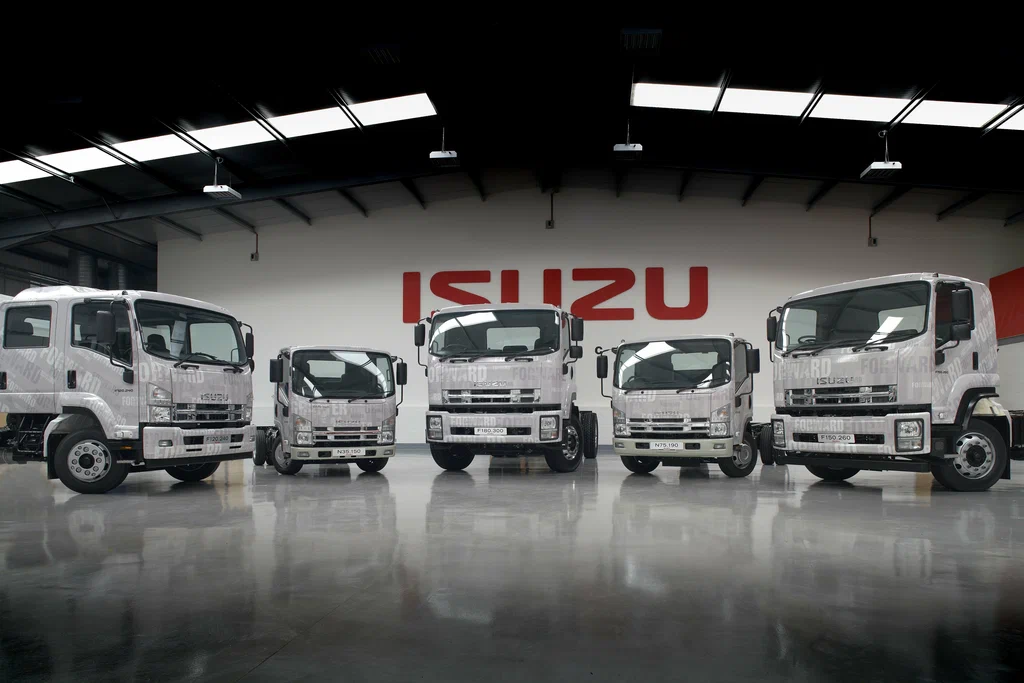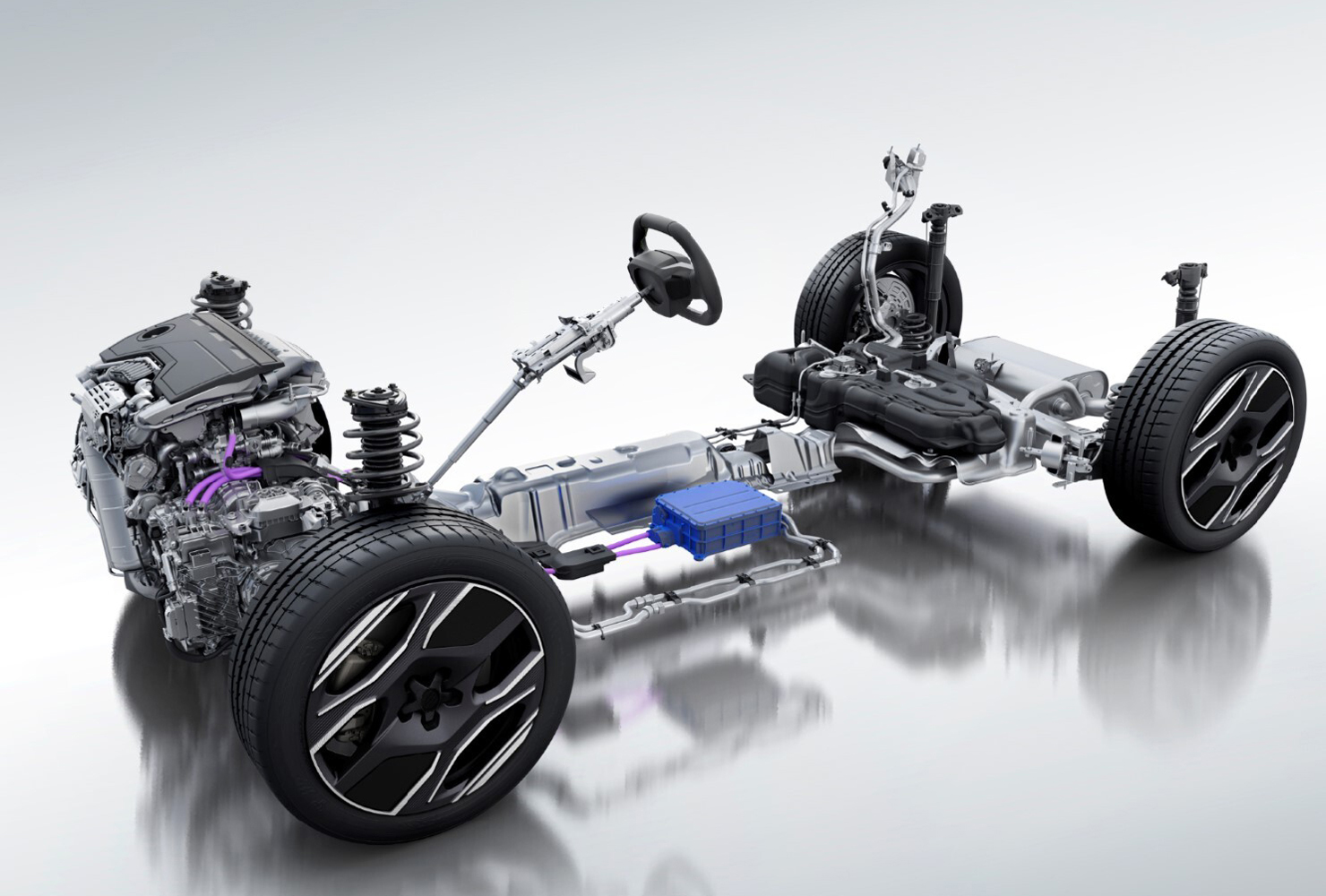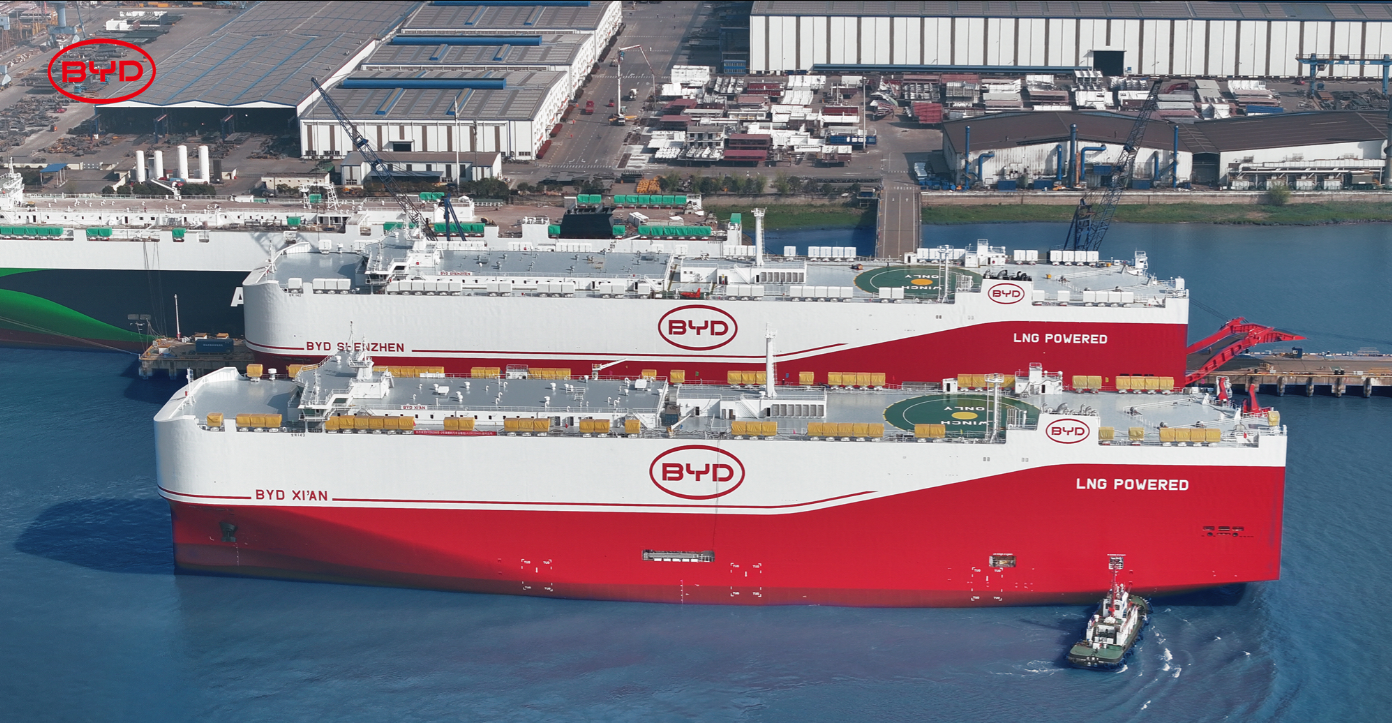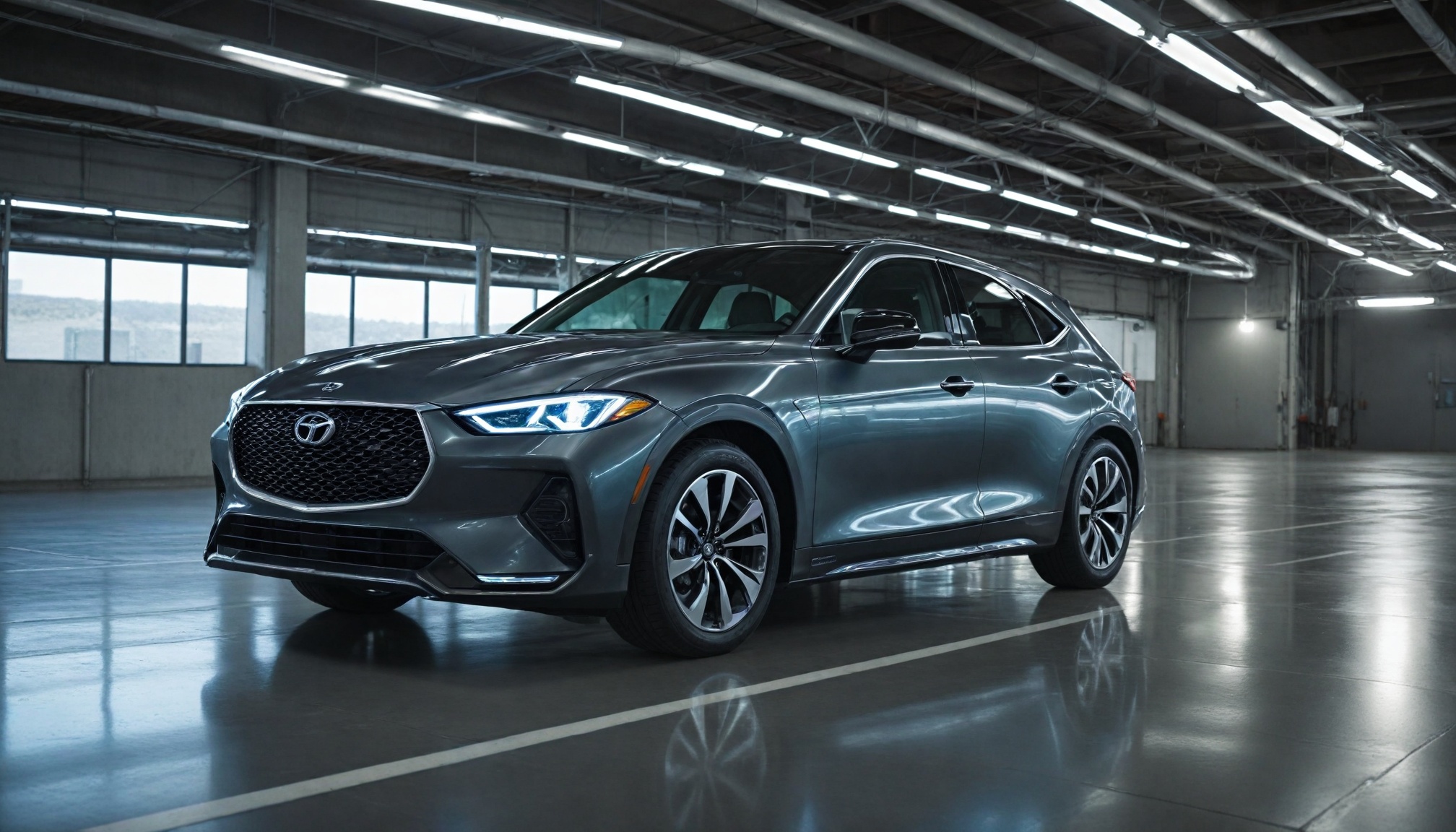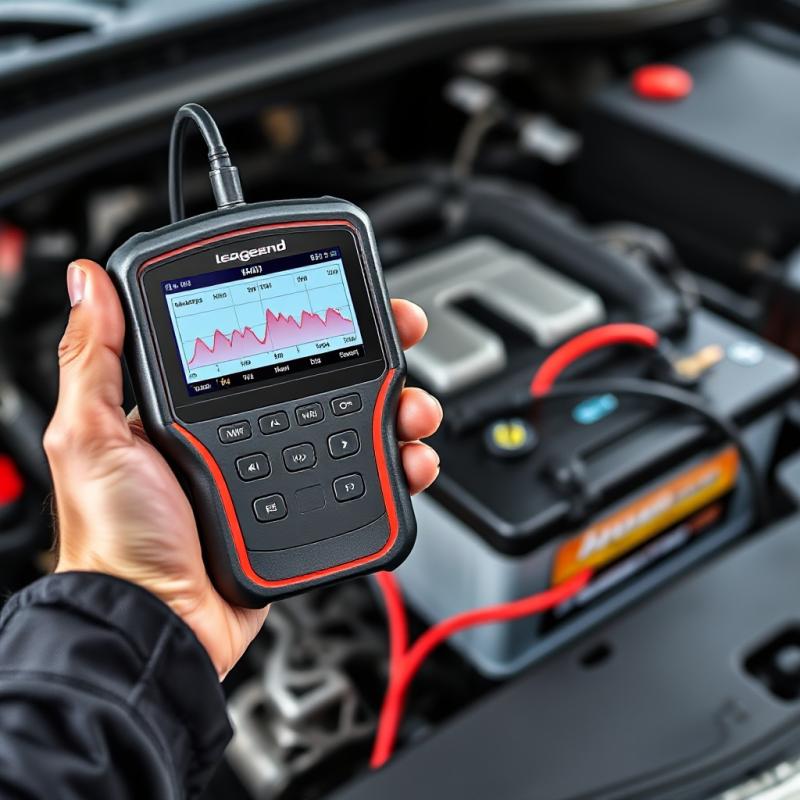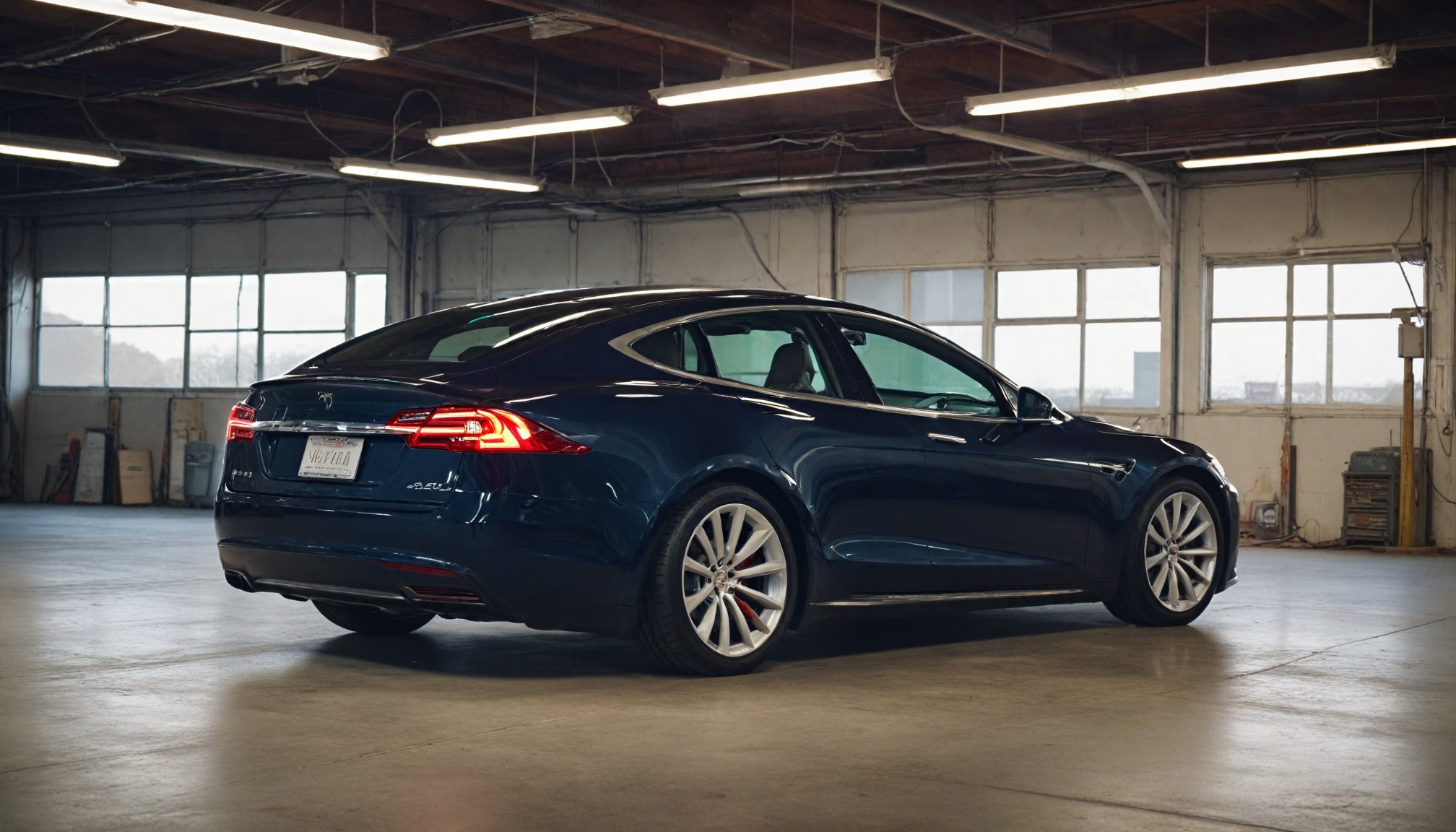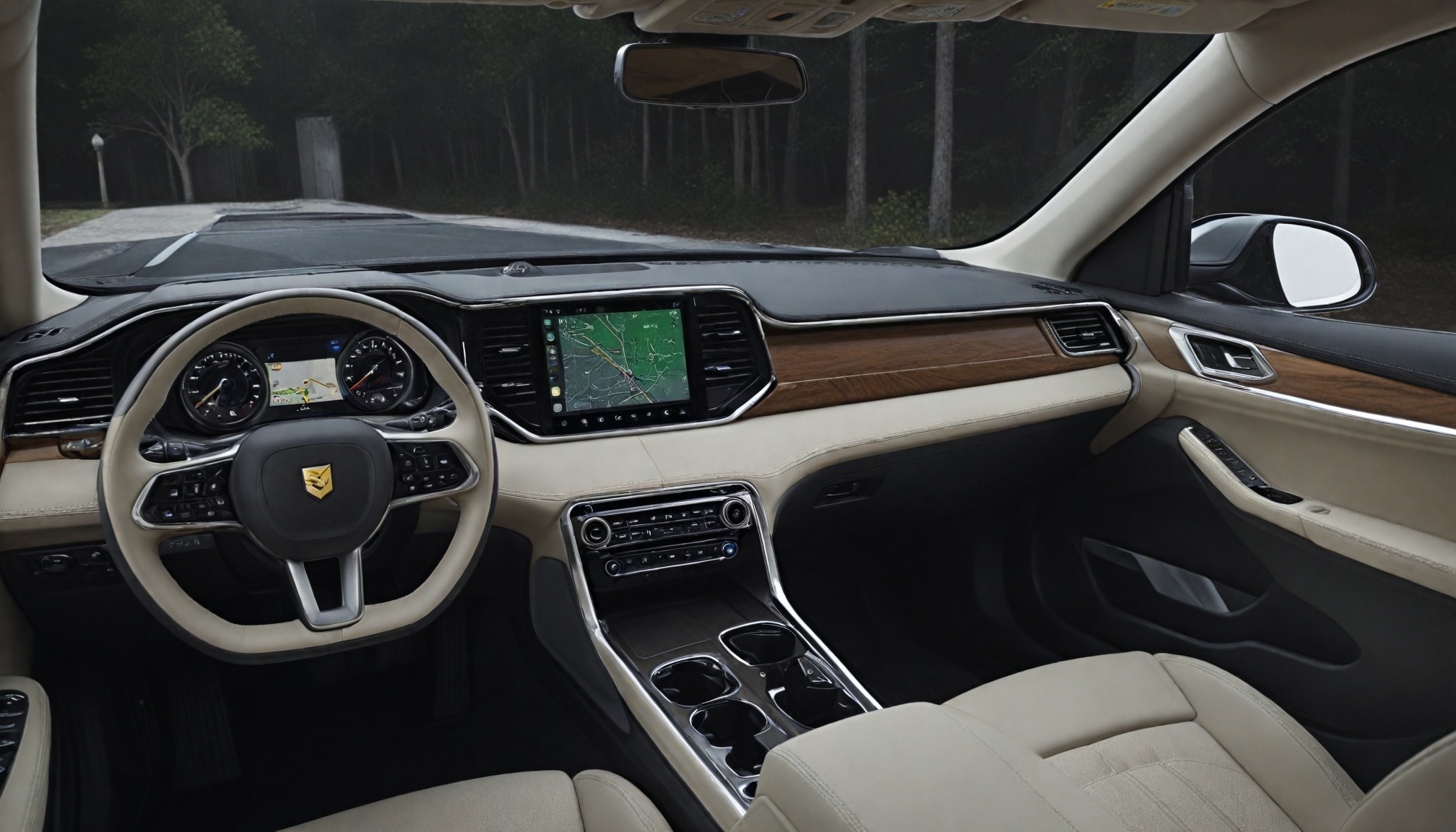
Rivian's custom Google Maps integration delivers EV-specific navigation with intelligent trip planning and charging insights while maintaining brand identity over third-party systems.

Drivetech Partners
Rivian's strategic partnership with Google has resulted in a navigation system specifically crafted for electric vehicles, seamlessly integrating Google Maps technology with Rivian's distinctive user interface. Launched in July 2025, this collaboration marks a pivotal shift in how automakers approach in-car technology, prioritizing brand-controlled experiences over third-party systems like Apple CarPlay while still delivering the mapping reliability that drivers expect.
Key Takeaways
Rivian's custom navigation interface combines Google's mapping technology with Rivian's design language, creating a unified experience
The system features EV-specific planning that calculates optimal routes with minimal charging stops needed
This approach signals a broader industry shift away from third-party projection systems like Apple CarPlay
Rivian's system includes real-time updates for traffic, charging availability, and automatic rerouting
The integration allows for deeper data privacy control with Rivian mediating the flow between vehicle systems and Google

How Rivian's Navigation System Transforms the EV Driving Experience
The native integration of Google Maps into Rivian's infotainment system creates a fundamentally different experience from the typical phone-to-dash projection. Instead of requiring drivers to switch between different interfaces, Rivian has created a cohesive system that looks and feels uniquely Rivian while leveraging Google's powerful mapping backbone.
This system delivers comprehensive data from Google Maps, including satellite imagery, detailed routing information, and access to over 250 million locations worldwide. What sets it apart is how this information is presented - with a focus on "glanceability" that minimizes driver distraction while providing all necessary details at the right moment.
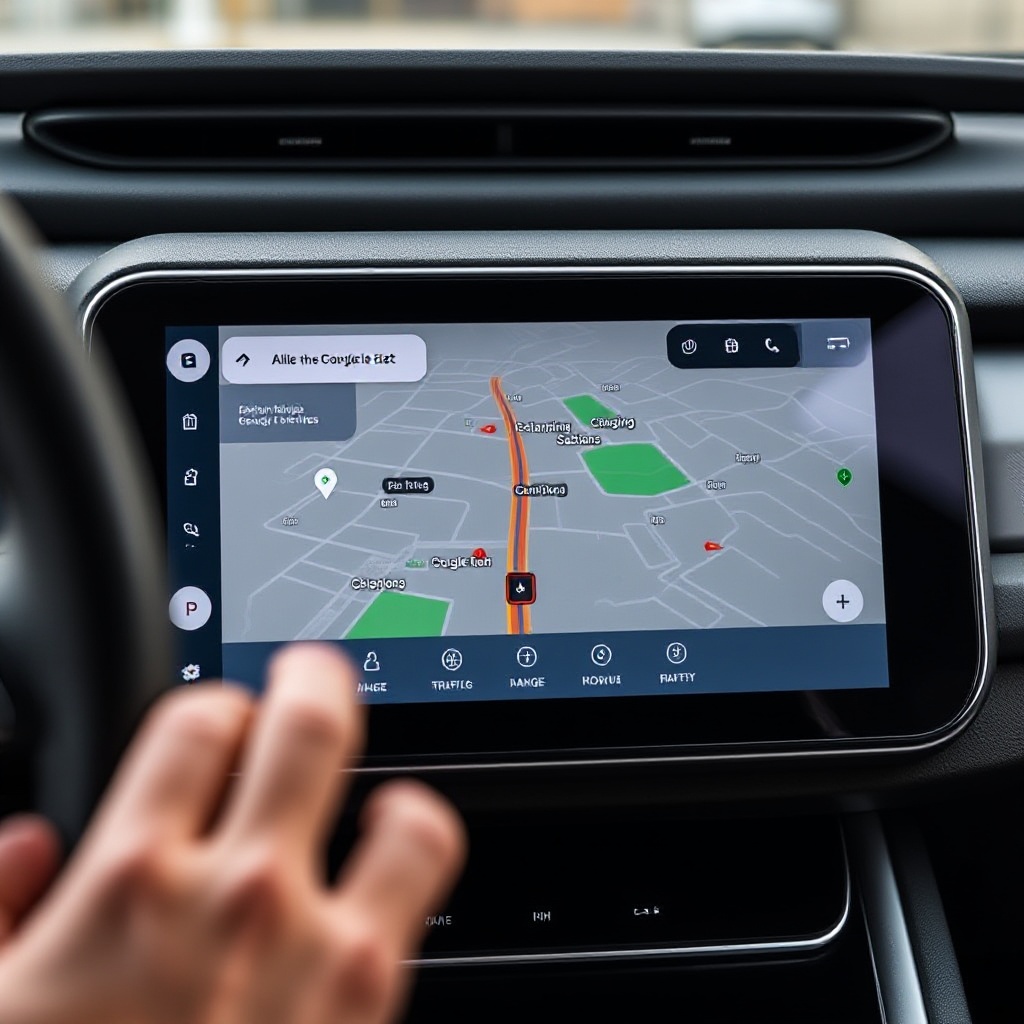
Drivers benefit from constant over-the-air updates that improve the system without requiring dealer visits. The navigation also provides real-time traffic information, automatic rerouting around congestion, and road disruption reports pulled from the vast Google Maps community database.
EV-Specific Features That Address Range Anxiety
Electric vehicle owners face unique challenges when planning trips, with range anxiety being a primary concern. Rivian's navigation system directly tackles this with an intelligent trip planner that calculates routes with the optimal number of charging stops.
The system incorporates proprietary "Charging Scores" that rate stations based on actual data collected from Rivian vehicles in the real world. This creates a more reliable charging experience since recommendations are based on verified information rather than just listed amenities.
For longer journeys, the integration with "A Better Routeplanner" algorithms allows for personalized charging preferences that match individual driving styles and comfort levels. The system can calculate more precise "estimated range on arrival" by factoring in real-time traffic conditions, elevation changes, and weather - critical variables that affect EV range.
When you do need to charge, the navigation provides detailed information about each station including:
Current availability status
Charging speeds
Nearby amenities
User ratings and reviews
Historical reliability data

The Strategic Move Away from Apple CarPlay and Android Auto
Rivian has made a deliberate choice not to support Apple CarPlay or Android Auto projection systems in their vehicles. This decision reflects a growing trend among some automakers to maintain complete control over the in-car user experience rather than ceding dashboard real estate to tech companies.
This approach allows Rivian to maintain consistent brand identity across all vehicle interfaces. More importantly, it enables deeper integration with vehicle systems that wouldn't be possible through mirrored apps like CarPlay. By controlling the entire stack, Rivian can create features specifically designed for electric vehicle operation that seamlessly pull data from battery management systems, climate controls, and drive modes.
Google's Maps Auto SDK has made this approach more viable by allowing manufacturers to create customized navigation experiences while still leveraging Google's mapping infrastructure. This represents a middle path - using tech giants' services while maintaining interface control - that other automakers may follow.
Data Privacy Implications and Consumer Trust
The native integration approach positions Rivian as a privacy gatekeeper between vehicle systems and Google's services. This creates an opportunity for automaker-specific privacy policies rather than defaulting to the terms set by tech companies like Apple or Google.
This arrangement allows for more transparent communication with customers about how their driving and usage data is utilized. Rivian can establish clear boundaries about what information is shared with Google for mapping purposes and what remains within their own systems for vehicle improvement.
As consumers become increasingly concerned about data privacy, this balanced approach may become a competitive advantage. The system delivers powerful connected features while giving users more clarity about data usage than typical smartphone projection systems provide.
The Ecosystem Benefits of Native Integration
Beyond mapping, the native integration creates a cohesive ecosystem that extends throughout the vehicle experience. The Rivian design language remains consistent whether you're adjusting climate controls, checking battery status, or navigating to a destination.
The rich points of interest data available includes operating hours, reviews, and contact information with instant access. High-resolution satellite imagery helps navigate unfamiliar areas and complex charging station layouts, providing context that traditional maps can't match.
Perhaps most importantly, this approach enables continuously improving algorithms based on real-world usage data from Rivian vehicles. The system learns from the collective experience of the Rivian fleet, improving routing and charging recommendations over time based on actual performance rather than theoretical models.
What This Means for the Future of Connected Cars
Rivian's approach signals a broader industry shift toward maintaining brand-controlled infotainment ecosystems. Rather than surrendering the dashboard to tech companies, manufacturers are finding ways to leverage tech giants' services while maintaining control over the user experience.
This strategy may establish new competitive factors in vehicle software design and user experience. As vehicles become increasingly defined by their software capabilities, the quality of the navigation and infotainment experience will likely play a larger role in purchase decisions.
The potential for data-driven improvements to EV-specific features and recommendations also creates a virtuous cycle where better data leads to better features, which in turn creates more loyal customers. This approach sets expectations for seamless, brand-consistent experiences across all vehicle functions - a stark contrast to the fragmented experiences common in many current vehicles.
The Competitive Landscape for In-Car Navigation Systems
Google's Maps Auto SDK is enabling customized navigation systems for multiple automakers beyond just Rivian. This approach combines automotive expertise with technology company resources, creating potentially better experiences than either could deliver alone.
This trend demonstrates how carmakers can differentiate their products through software experiences even while using similar underlying technologies. It shows a potential path forward that balances brand identity with trusted mapping technology that consumers have come to rely on.
As this approach spreads, it will create new expectations for what native vehicle software should deliver. Consumers who experience these deeply integrated systems may be less willing to accept the compromises inherent in projection-based systems like CarPlay, raising the bar for all in-car navigation experiences.
Sources:
blog.google - Rivian is getting a new navigation system with Google Maps
engadget.com - Rivian adds Google Maps features to its navigation app
techcrunch.com - Rivian taps Google to bring custom maps into its EVs and app
jalopnik.com - Rivian navigaton gains Google Maps integration
stories.rivian.com - Navigation software Rivian Googlemaps partnership
